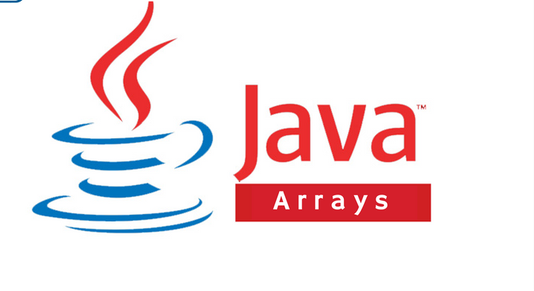A Guide to Arrays in Java
Having trouble with arrays? Check out this post on using arrays in Java and how to go about using them in your code. Enjoy!
Join the DZone community and get the full member experience.
Join For Free
Hey folks! While browsing various forums, I found that many people did not grasp the concept of arrays in Java. So, I wanted to write an article on arrays in Java to help programmers and students understand the concepts they are currently facing. Arrays are important data structures for any programming language, but, at the same time, different programming languages implement array data structures in different ways. In this article, we are mining arrays in Java, so put other programming languages aside and focus on arrays.
What Defines an Array in Java?
In the Java language, an Array is a collection of data types of the same type that are bound together in the form of a data structure. Consider an example — if we say "we have an array of integers," this means that we have a collection of integer value variables in an ordered manner. For instance, an "int" array is a collection of variables of the type"int."Array uses static memory allocation and allocates memory for the same data type in order. If you want to access an array element, you must use a numeric index that corresponds to the position of the element (must be non-negative). The index of the array starts from zero to a size of 1. Since the first index value in the array is zero, an index of 3 is used to access the fourth element in the array. The following is a description of the memory allocation and indexing of Java arrays.

Array Declaration in Java
Arrays in Java are declared in a similar way to variables of other data types, except that you need to add [] (square brackets) after the type. The following is an example of an array declaration:
int[ ] IntArray; //or int IntArray[ ];
IntArray = new int[10];
Arrays in Java are defined in two ways — we can put square brackets with data types, or we can use them with variable names. You can use one of them when defining the same variable. In addition, you can define the size of the above array by entering the required size between the square brackets. An array can have one or more dimensions, such as a one-dimensional array, a two-dimensional array, a three-dimensional array, and so on. Arrays are especially useful when we perform calculations in loops. There are several array properties in Java, discussed as follows:
- Arrays have a fixed-length data structure. You cannot change the length of an array once declared.
- Arrays are stored in contiguous memory.
- In Java, the index of an array starts from zero. The negative index is also invalid in Java. If you try to access an array with an invalid index, Java will throw an
ArrayIndexOutOfBoundException. - If you try to store a double value in an int array, it will cause a compilation error.
- If memory is not used correctly, memory is wasted in the array data structure.For example, if we initialize an int array with an index value of 50, but we use the memory allocated by index 30 in the array, then, we are wasting 20 memory indexes.
- There is an additional feature in Java that lets you easily convert an array to an ArrayList. ArrayList is an index-based Java collection class, also known as the backup array. The main advantage of the ArrayList is that it can resize itself, which helps save allocated memory.
Opinions expressed by DZone contributors are their own.

Comments